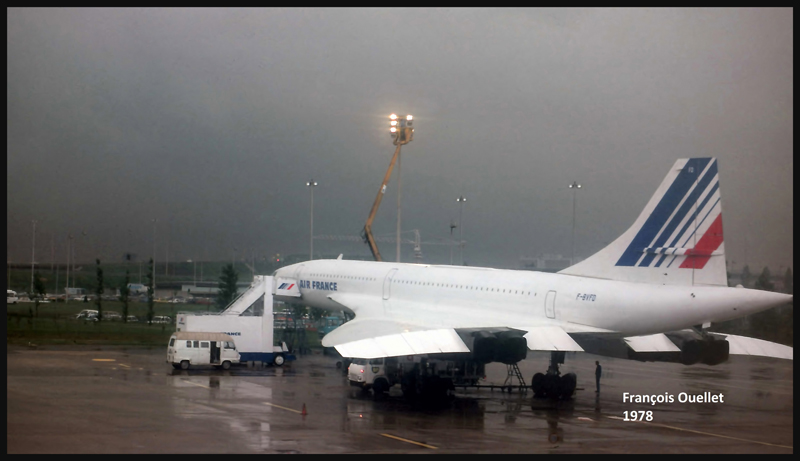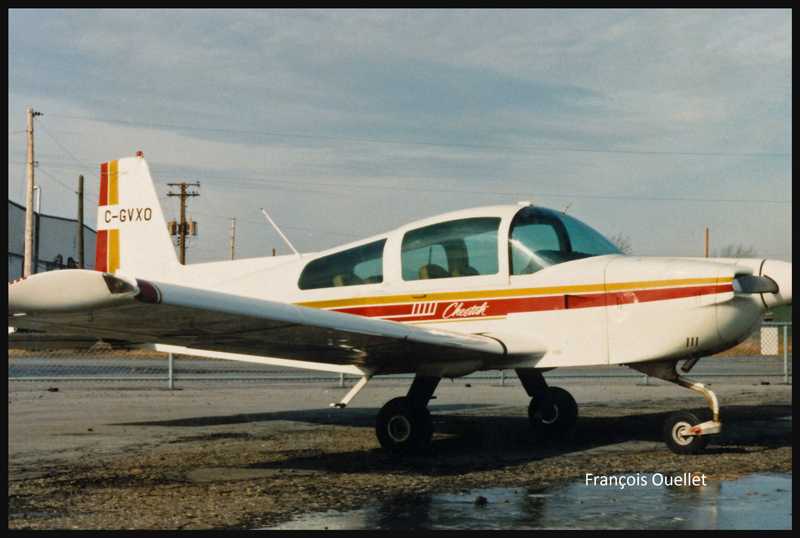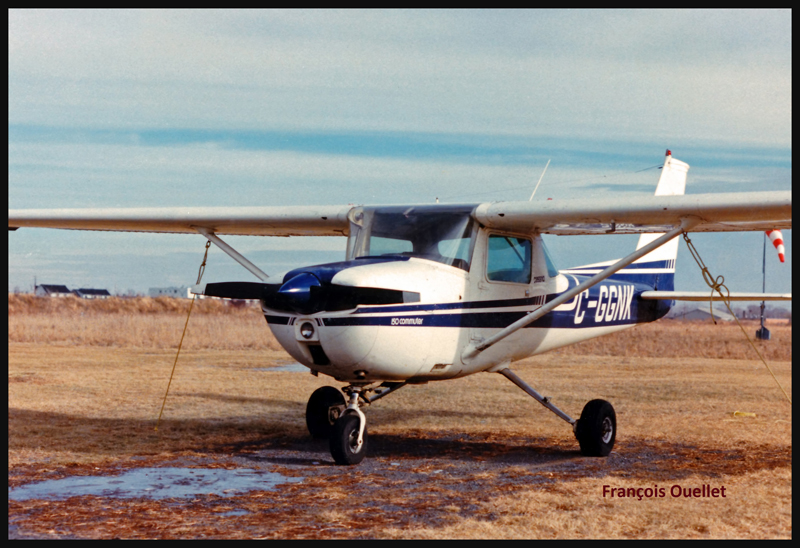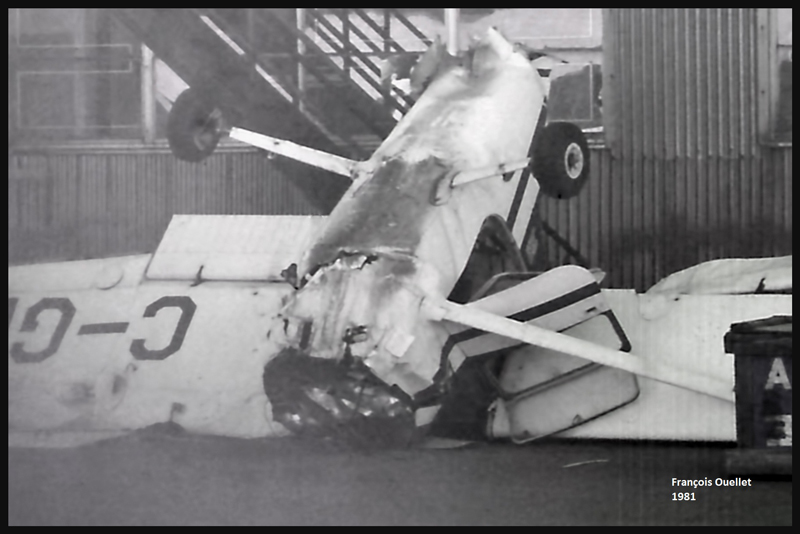(Precedent story: the commercial pilot license / a tire bursts on landing)
On a hot summer day of 1981, I was asked to fly a Cessna 150 to the Montreal Pierre-Elliott-Trudeau international airport to pick-up one of our flight instructors and bring him back to St-Jean-sur-Richelieu. The winds were blowing from the northwest, so runway 28 was being used. While I was in final for that runway, the air traffic controller realized that he did not have enough separation between my plane and a heavy one that was also in long final. He told me “Increase your speed, there is a Boeing 727 behind you”.
It is very easy to increase the speed of an airplane while maintaining an altitude. You just push the throttle and the speed increases. However, when the aircraft is above the threshold of the runway, it needs its specific speed to touch the ground otherwise it continues to fly until the appropriate speed for landing is reached. It seemed to me that the Cessna floated for an eternity before finally touching the runway. But it eventually worked out well and I exited the runway before an overshoot was required for the Boeing.
So I parked the aircraft near Transport Canada’s offices and waited for the instructor for about thirty minutes. Clouds were rapidly covering the sky in this late afternoon, with all the humidity and an already high temperature. When the instructor finally showed up and we proceeded with the taxiing procedure, the air traffic controller told us: “You must accept radar vectors for your departing route because of the weather.” What weather? A cold front was at work, but nothing serious was visible from our position. So close to the airport terminal, all we could see were towering cumulus, nothing else. We accepted his offer in order to be allowed to leave the airport.
The take-off was made from runway 28. I made a left turn toward St-Jean. We soon understood why radar vectors had to be followed. A storm had developed between Montreal and St-Jean. We observed what looked like five cylinders created by heavy rain. Lightning was also occasionally visible. We had to fly between the cylinders to avoid the most problematic areas. We tightened our seat belts just as the first bumps were being felt, making our altitude vary considerably. Knowing what I know today about flying in bad weather, I would not attempt another flight like this one, especially without an onboard weather radar.
The flight ended nicely with a smooth landing in St- Jean, outside of the problematic weather area. A few weeks later, I was asked if I would accept to be captain for a long flight across Canada. This unexpected offer represented a great opportunity, especially since it would allow me to log more than forty additional flying hours.
(Next story: a visual flight (VFR) from St-Jean-sur-Richelieu, Quebec, to Emonton, Alberta)
For other real life stories as a pilot, click on the following link: Real life stories as a pilot



